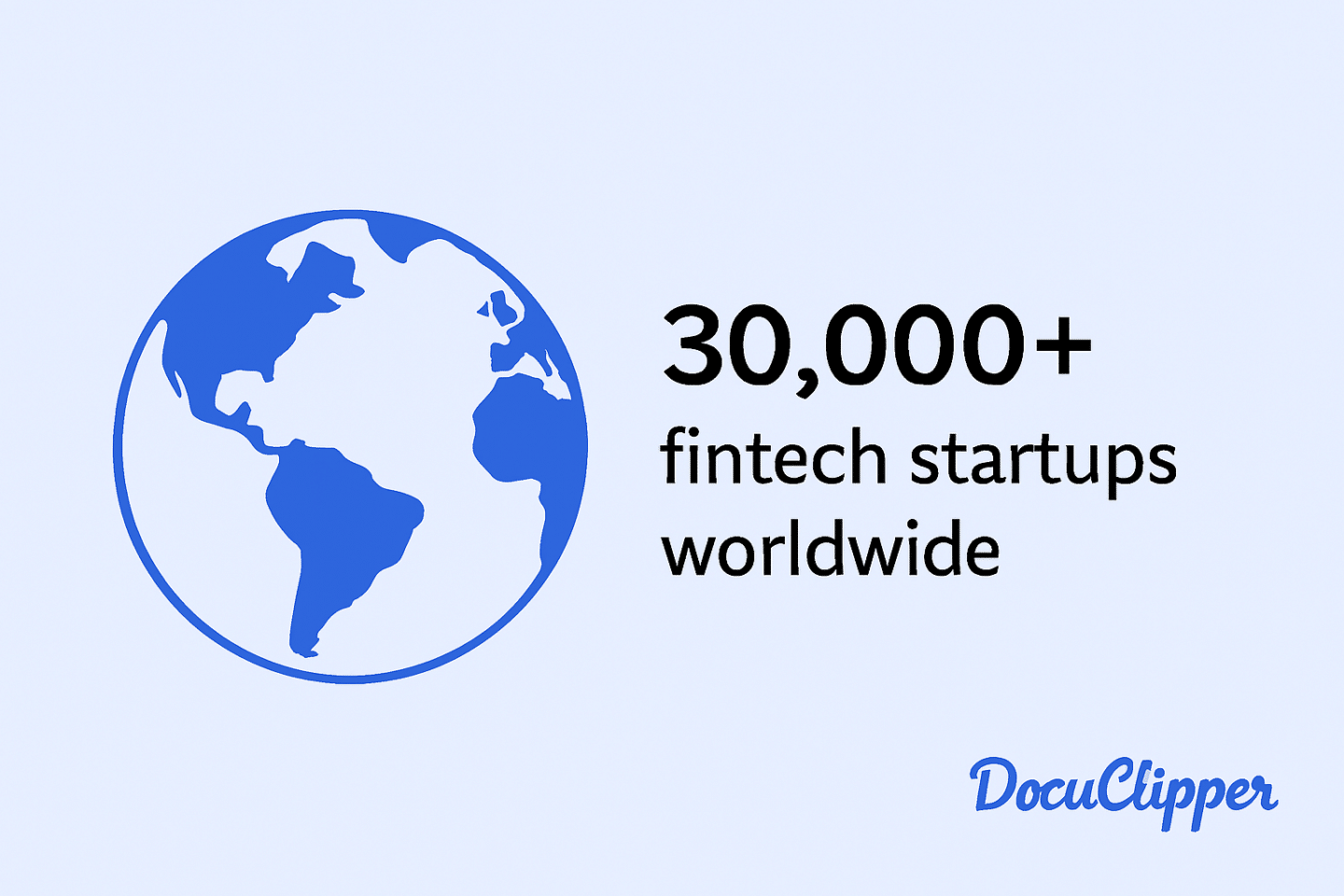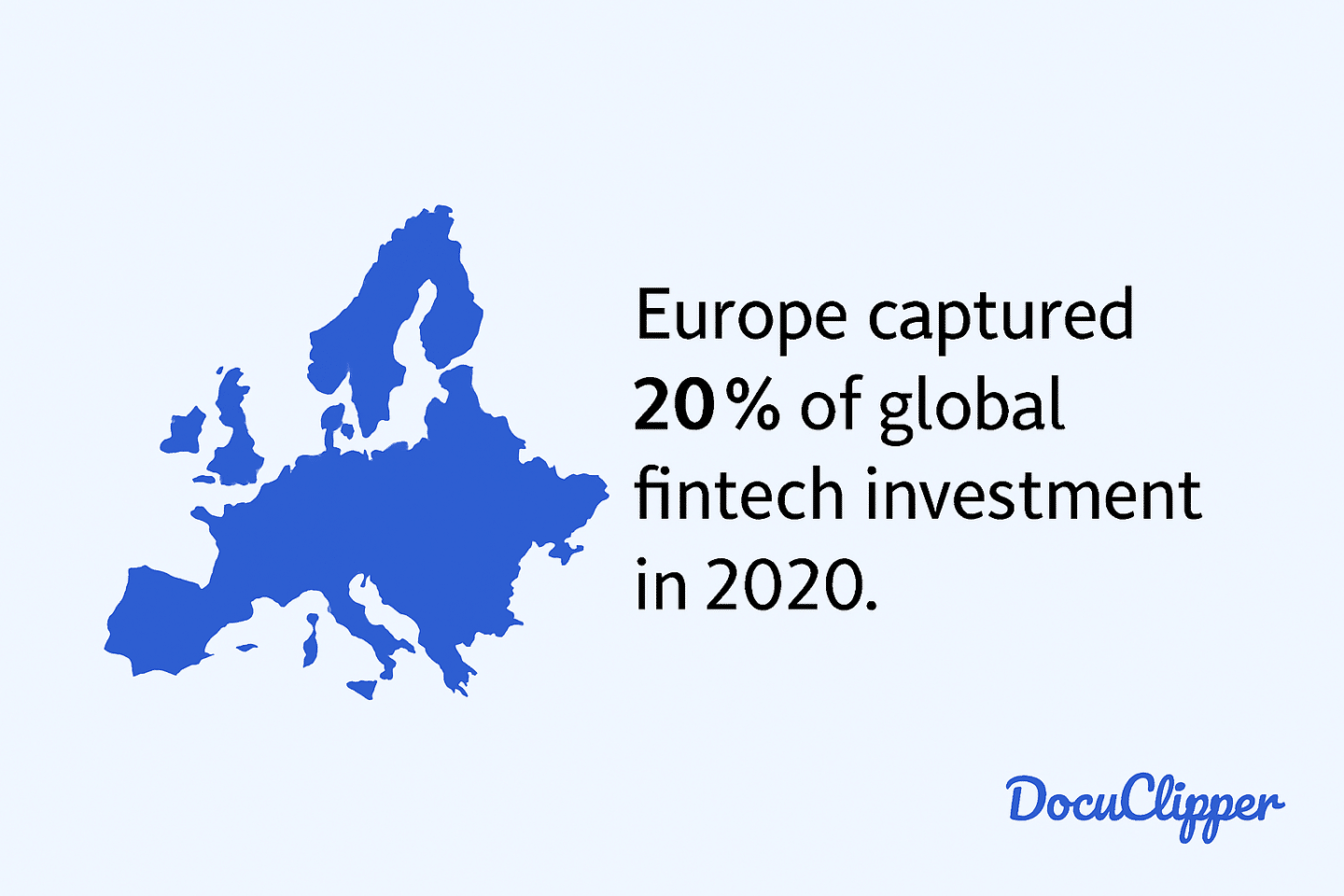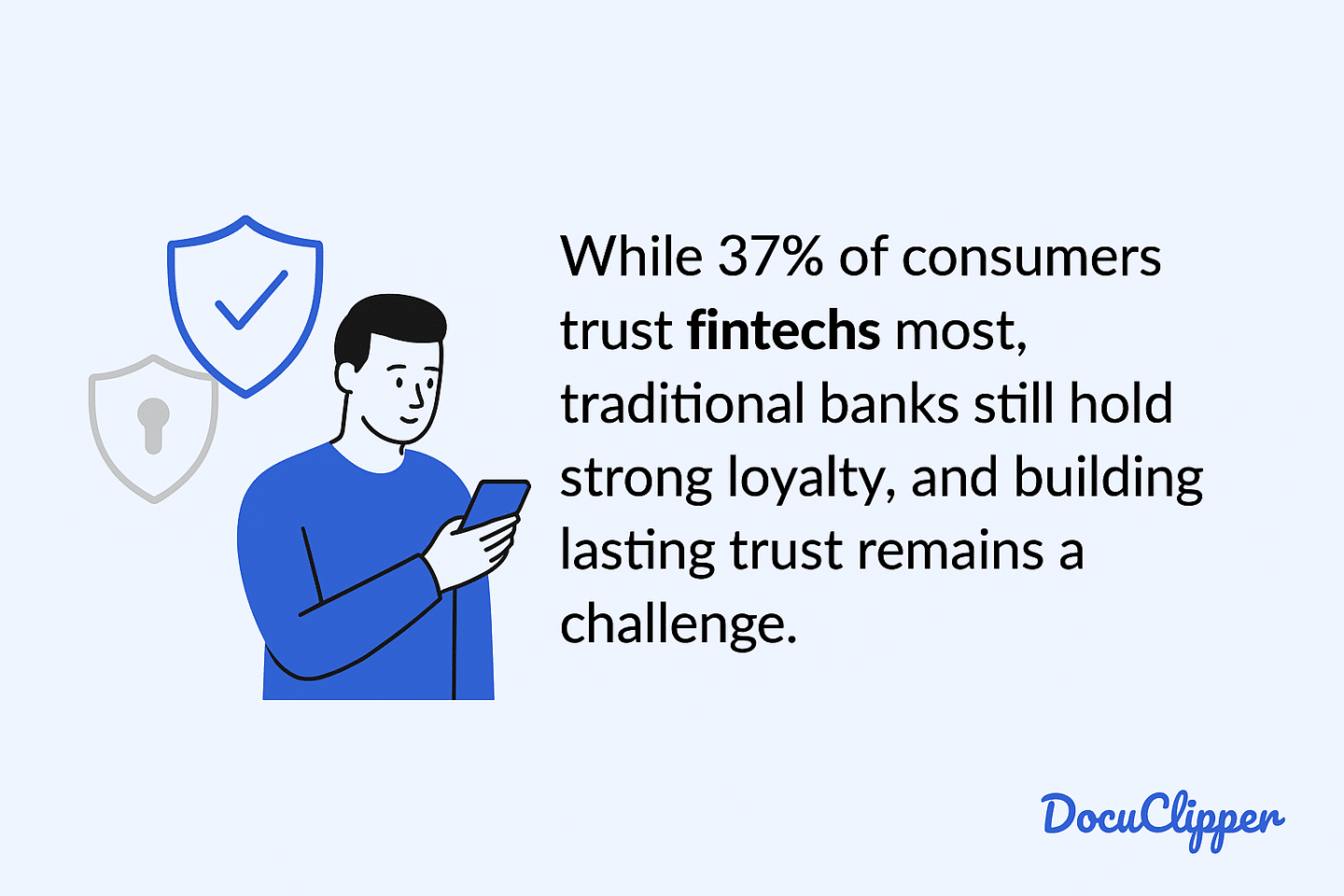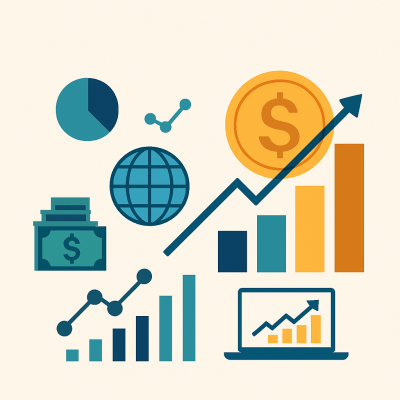Top Fintech Statistics

- The global fintech market was valued at $340.10 billion in 2024 and is projected to reach $1,126.64 billion by 2032, growing at a CAGR of 16.2%.
- North America held a 34.05% share of the global fintech market in 2024, leading all regions.
- There are now over 30,000 fintech startups globally, more than double the number in 2019.
- Fintech investment reached $210 billion in 2021, before declining to $52.4 billion in H1 2023.
- VC funding in fintech hit $122.9 billion in 2021 across 6,623 deals, the highest ever recorded.
- China leads the world in fintech adoption, with over 90% of citizens using digital financial services.
- The digital payments segment of fintech is growing at a CAGR of 19.4%, driven by contactless and mobile payments.
- Visa is the largest fintech company globally, with a market cap exceeding $550 billion.
- Asia Pacific is expected to overtake the U.S. to become the largest fintech market by 2032, fueled by mobile-first economies.
- Emerging markets (excluding China) are projected to contribute 29% of global fintech revenues by 2028, up from 15%.
Fintech Market Overview
- Global Market Size (2024–2025): The global fintech market is projected to be worth approximately USD 394.88 billion in 2025.
- Projected Value by 2030–2032: The fintech industry is expected to reach USD 1.5 trillion by 2030.
- Compound Annual Growth Rate (CAGR): The fintech market is anticipated to grow at a CAGR of 16.2% from 2024 to 2032.
- Number of Fintech Startups Worldwide: As of January 2024, there were approximately 13,100 fintech startups in the Americas, 10,969 in the EMEA region, and 5,886 in the Asia Pacific region.
Fintech Segments and Their Growth Statistics
Payments
- Mobile wallets, contactless payments, P2P transfers: In 2024, 49% of U.S. smartphone users used proximity mobile payments, and the global P2P payments market was valued at over $2.6 trillion, reflecting widespread use of digital-first payment methods.
- Transaction volume and adoption trends: In 2024, the U.S. ACH Network processed 33.6 billion payments totaling $86.2 trillion, while digital wallets continued to gain popularity across retail and e-commerce.
- Key players in the space: Major players include Apple Pay, Google Pay, PayPal, Alipay, and WeChat Pay, with Apple Pay alone processing nearly 10% of global card transactions and WeChat Pay boasting over 800 million monthly active users.
Lending
- P2P, BNPL, digital lending growth: In 2023, the P2P lending market exceeded $700 billion in value, while BNPL services gained widespread traction as a preferred online payment method. Digital lending platforms are now widely used by banks and fintech companies.
- Consumer vs. SMB adoption: 70% of financial institutions have automated consumer lending, compared to just 33% for SMBs. Embedded credit is offered by 83% of consumer lenders but only 45% of SMB lenders.
- Alternative credit scoring trends: 62% of financial institutions now use alternative data—like utility payments or transaction histories—to improve credit decisions, with AI increasingly integrated into scoring models.
Digital Banking & Neobanks
- User growth of neobanks: The global number of neobank users is projected to reach 394 million by 2024, reflecting the rapid adoption of digital-only banking solutions.
- Digital-only vs. traditional bank usage: In 2024, 55% of U.S. bank customers preferred using mobile apps for banking, while 22% favored online banking via computers, indicating a significant shift towards digital channels over traditional in-branch services.
Key Trends Shaping the Fintech Landscape
- AI & Machine Learning for Fraud Detection: AI in fintech was valued at $12.2 billion in 2023 and is projected to reach $61.6 billion by 2032, growing at a CAGR of 19.72%. Over 71% of financial institutions now use AI to combat fraud.
- Blockchain for Transparency and Security: The fintech blockchain market is expected to grow from $2.1 billion in 2023 to $49.2 billion by 2030, reflecting a CAGR of 56.4%. Over 76% of financial executives now consider blockchain a strategic priority.
- Cloud Computing & Open Banking APIs: Open banking payments are forecast to surge from $57 billion in 2023 to $330 billion by 2027. API calls are also expected to jump from 137 billion in 2025 to 722 billion in 2029, powering seamless financial integration.
- Real-Time, Embedded, and Cross-Border Payments: The embedded finance market is projected to grow from $112.6 billion in 2024 to $237.4 billion by 2029, while instant payments are set to increase from $22 trillion in 2024 to $58 trillion by 2028.
Fintech Growth by Region

- North America led the global fintech market with a value of $112.91 billion in 2024, accounting for 34.05% of the total market share. The region continues to dominate in funding, innovation, and adoption of digital financial solutions.
- Asia Pacific is projected to be the fastest-growing region, expected to overtake the U.S. as the world’s largest fintech market by 2032. Mobile-first economies and increased financial access are key drivers of this growth.
- Europe captured 20% of total global fintech investment in 2020, with strong regulatory frameworks supporting RegTech and digital banking growth, particularly in the UK and Netherlands.
- Middle East & Africa represented 15% of fintech global revenues (combined with Latin America and APAC excluding China) in past years. This share is projected to grow to 29% by 2028, largely due to rising mobile adoption and access to digital services.
- Latin America saw notable investment growth in 2023, with fintech funding rising from $28.9 billion in H2 2022 to $36 billion in H1 2023. Countries like Brazil and Mexico are key regional leaders in digital payments and lending.
Challenges and Limitations in Fintech Growth

- The average cost of a data breach reached $4.88 million in 2024, with 88% caused by human error and 41% of CISOs citing ransomware as a top concern.
- 93% of fintech professionals struggle with compliance, and over 60% of companies paid $250,000+ in fines last year due to regulatory complexity.
- While 37% of consumers trust fintechs the most, traditional banks still hold strong loyalty, and building lasting trust remains a challenge.
Sources:
- Fortune Business Insights – Fintech Market Report
- World Retail Banking Report
- Share of personal loans granted in the United States
- Fintech – statistics & facts
- Digital Payments – Worldwide
- Global Fintech Market Size & Share Analysis
- American Bankers Association



